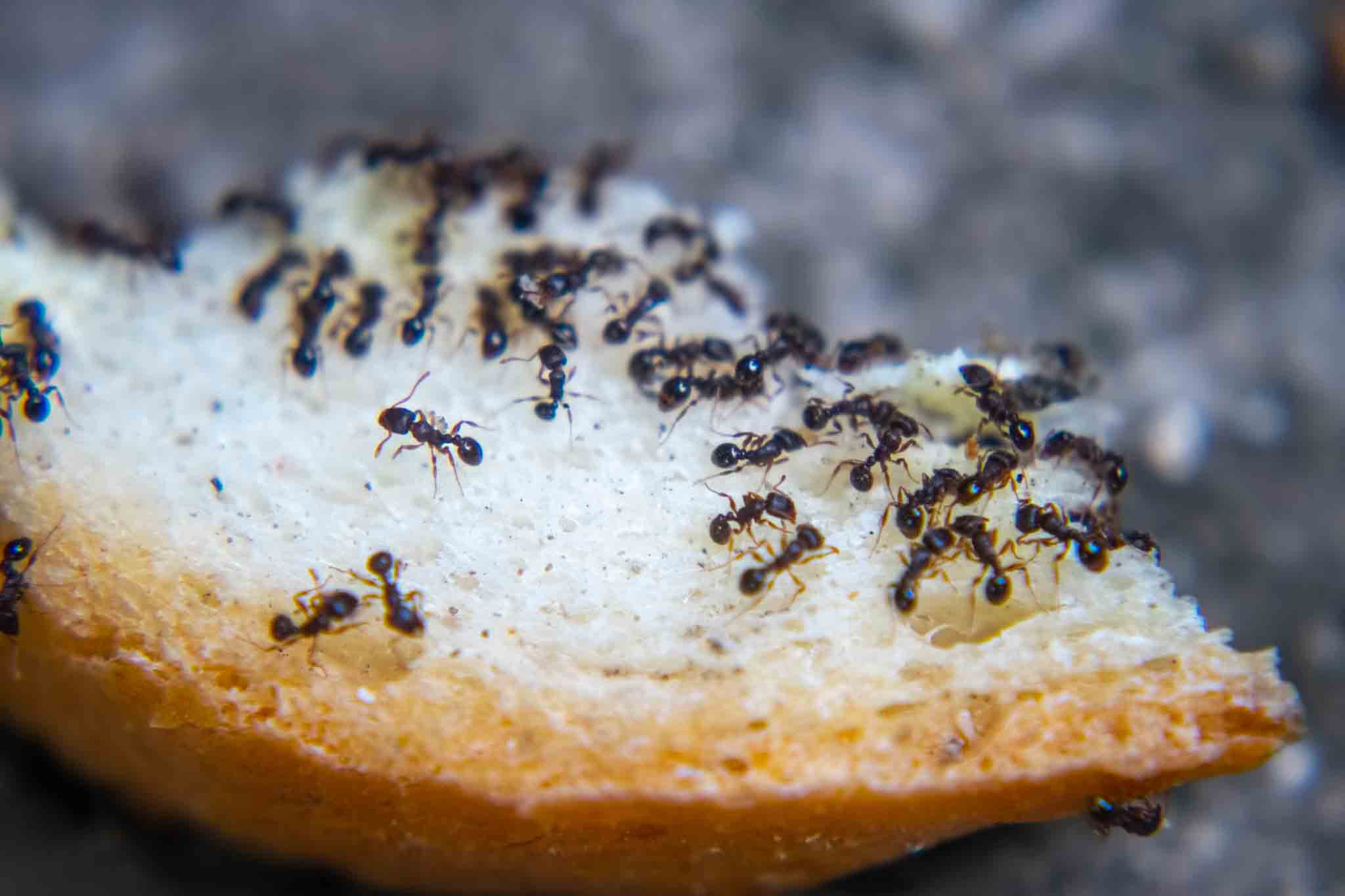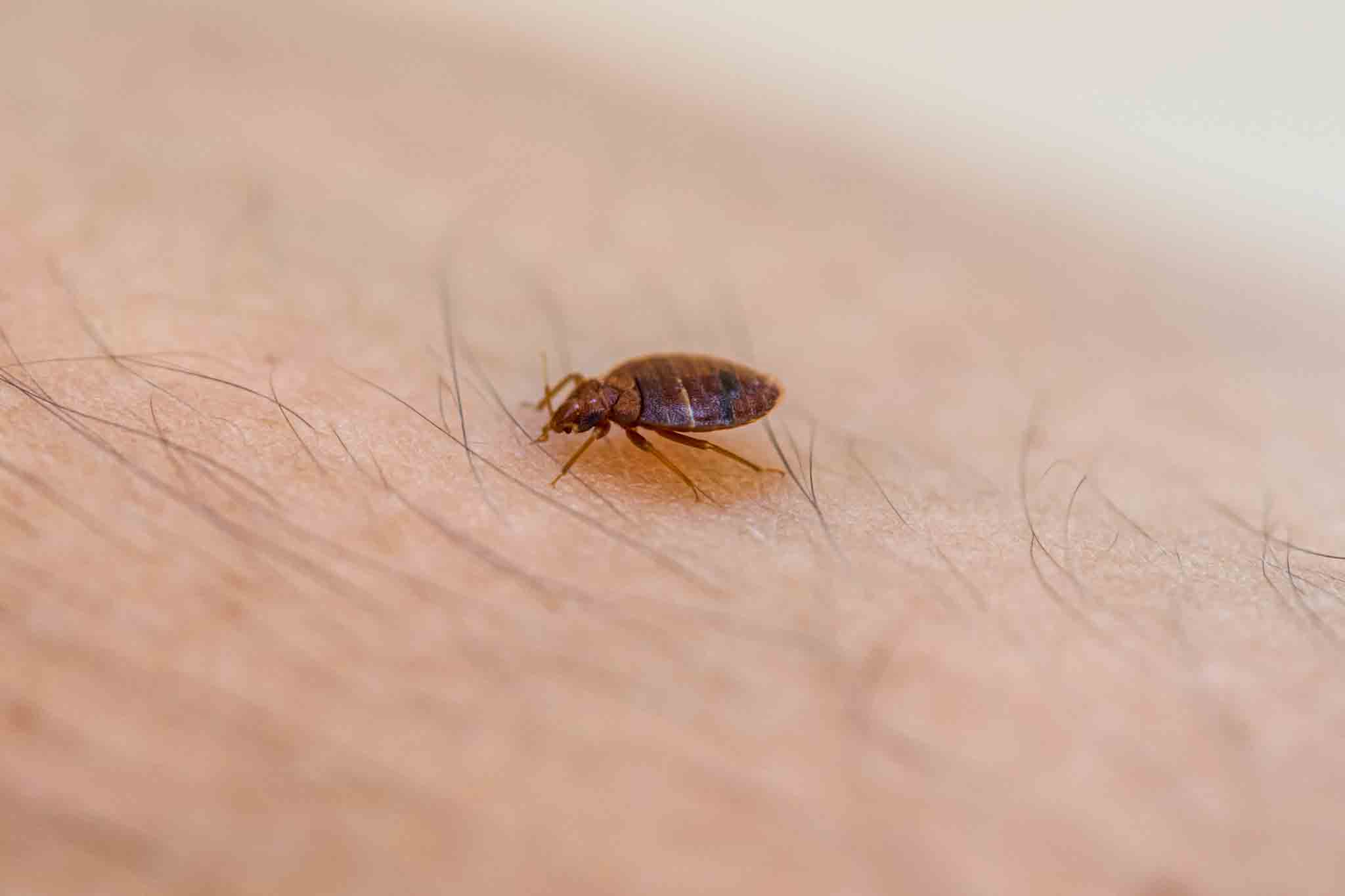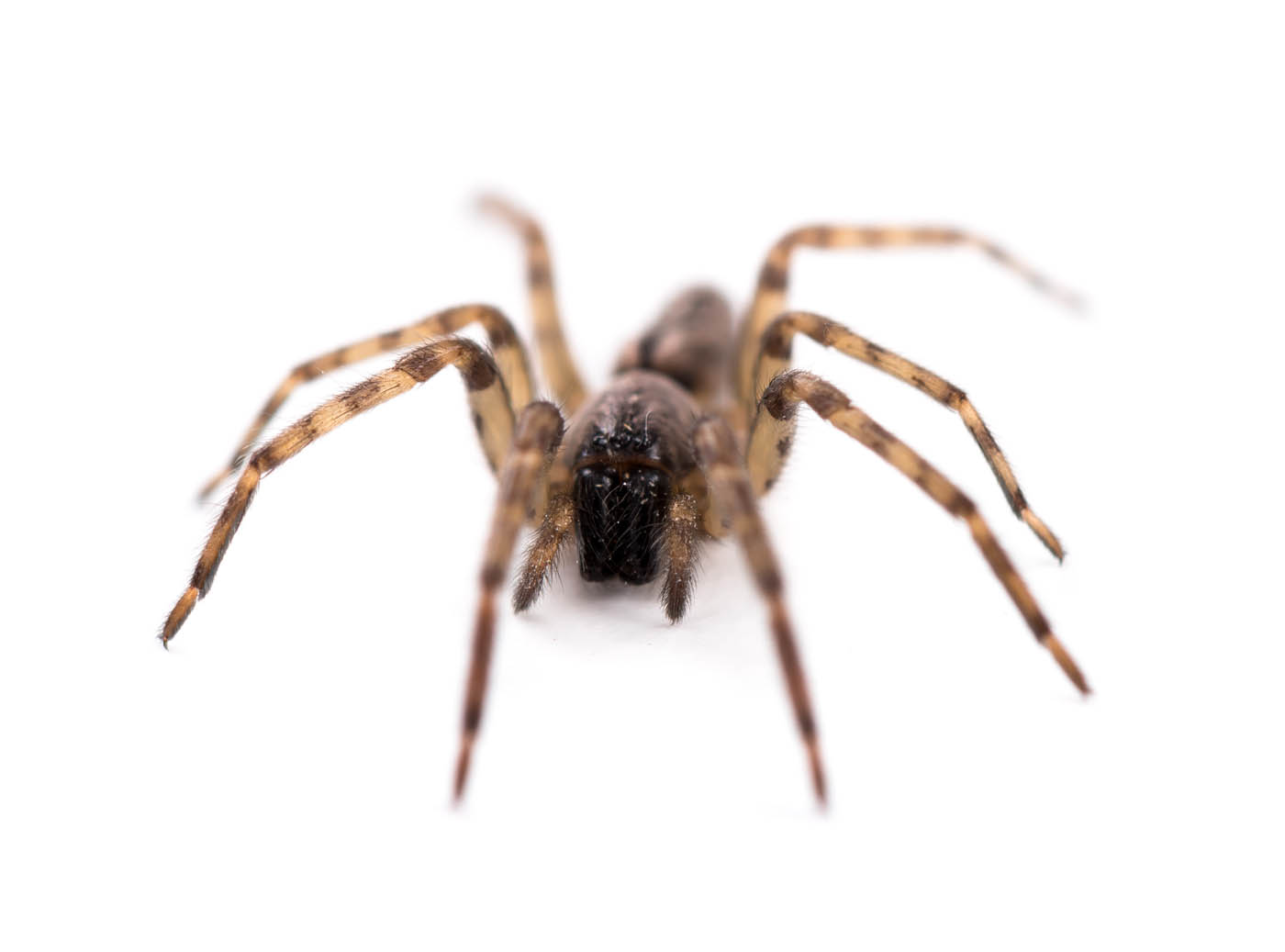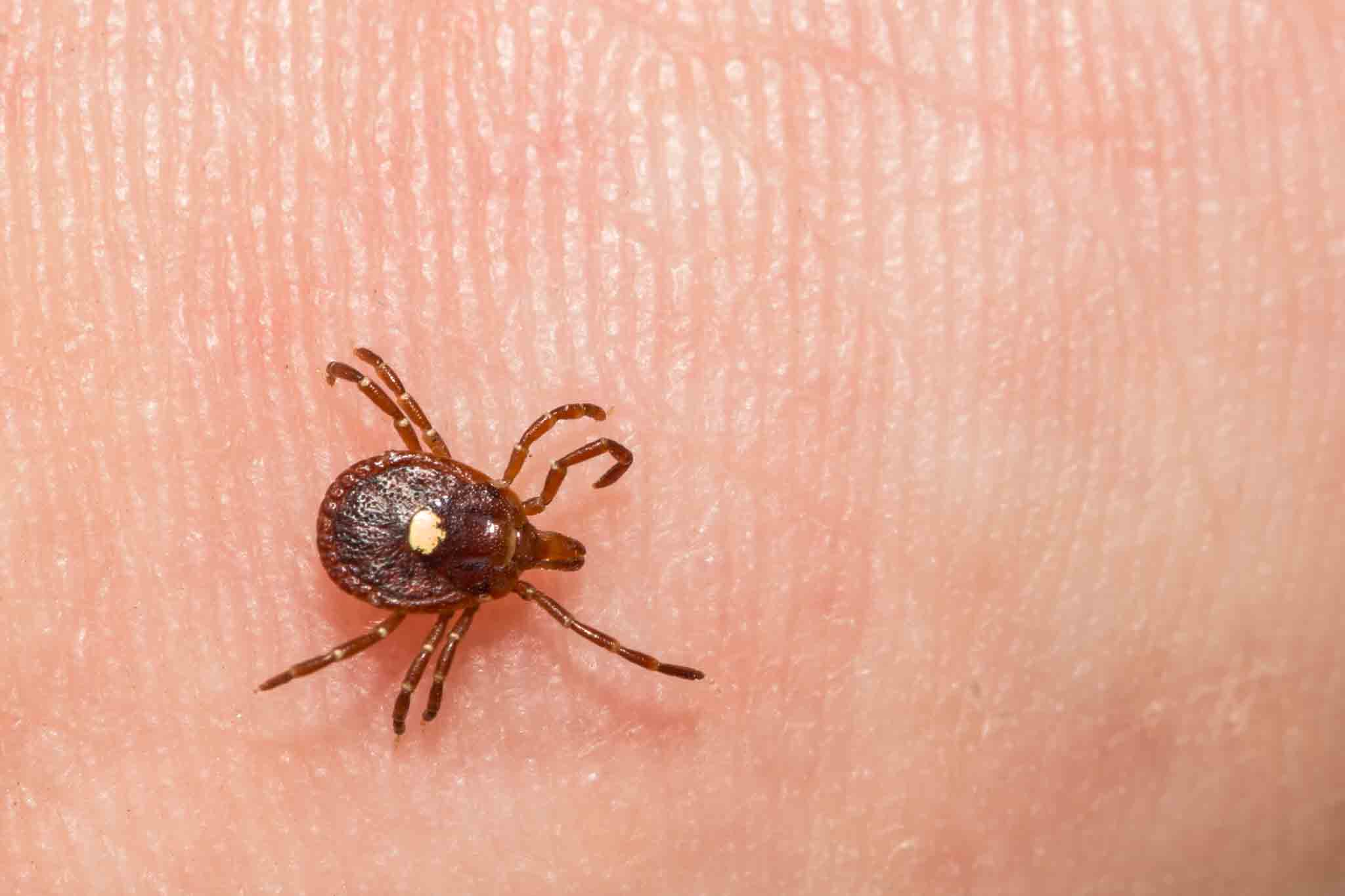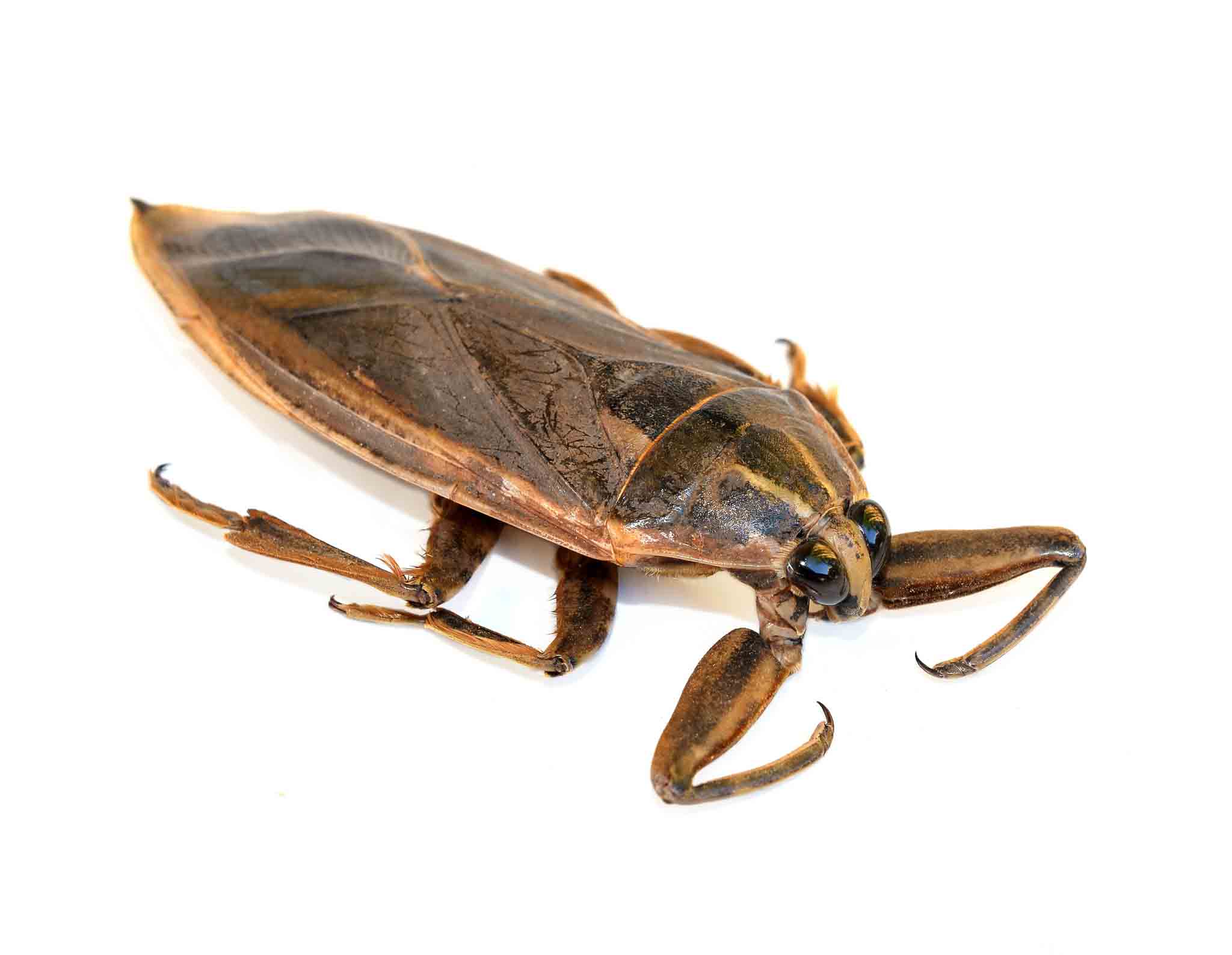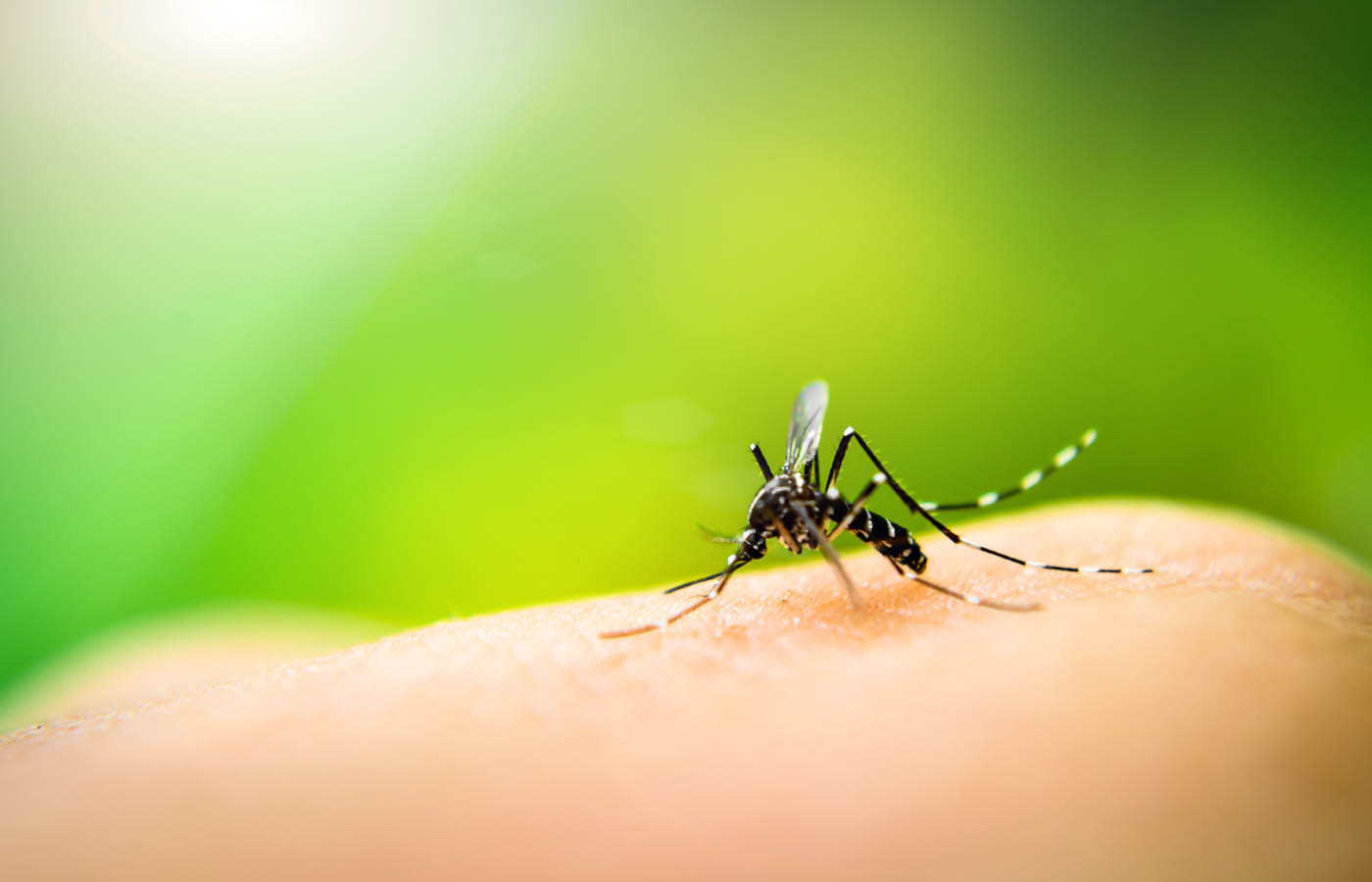DIY Mouse Traps:
How Do You Catch 'Smart Mice' in the Home?
Having mice in the home is a rather unpleasant feeling. For many homeowners, it simply makes you feel dirty as if you're not taking care of your house well enough. Of course, that couldn't be further from the truth. Mice will invade any house, no matter what condition it's in. This is what makes them formidable opponents.
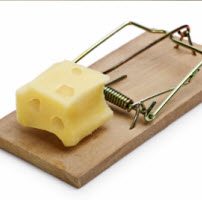
Mice infestations can have numerous devastating consequences. They cause damage to your house, they contaminate your food, they carry diseases, they chew through wiring, and they eat through wood as well.
Many homeowners turn to traps as a way to stop a mice infestation from occurring. While this can very often be a sound plan of attack, the trick is that if you do have mice in the home, you need to realize that some may be smart enough to avoid the traps that you set up. The best way to guarantee their removal is contacting your local
mice exterminator.
DIY Mouse Traps
There are many ways to get rid of mice infestations, some more traditional than others. If you've tried poisons and set traditional mousetraps, but to little or no avail, it might be time to try something a little more unorthodox: the
perfect mousetrap. Does such a thing exist? Well, maybe not
perfect, but here are some great contenders:
Here's one that's quite genius in its simplicity. All you need is the cardboard insert from a roll of paper towels, a trash can, and bait. First, you stick the bait at one end of the cardboard roll, so that the mouse will be drawn to it. Next, hang approximately 40% of it off a counter.
Finally, set the trash can below. A mouse will be attracted to the bait and crawl through the cardboard tube. Once it reaches the edge, the roll will teeter off the counter, and the mouse will fall into the trash can for easy disposal.
What better way to stop
mice infestations than by using a trap that does all the work for you? Like most traps, all you have to do is set bait inside the unit and patiently wait. When a mouse enters, he or she is trapped inside and will be unable to escape. At the same time, an electrical current will shock the creature for a few seconds, long enough to exterminate it. Your only job at that point is to dispose of the carcass.
The great news is that you can kill up to 100 mice per set of four AA batteries, which could mean that mice infestations are a thing of the past. If perfect means you do little work and reap the benefits, this might very well be a strong contender for "perfect mousetrap."
Similar to the paper towel trap. You'll need a large bucket, piece of wood to use as a ramp, and some strong smelling bait. Mixing peanut butter and bacon together works well. All you have to do is set the ramp at an angle over the bucket so that the end of it is over the middle of the bucket.
Place the bait just out of reach of the mice, and when one comes to investigate, its curious manner will cause them to fall as they stretch for the food, and into the bucket they go. If you want to capture them, that's all you need. If your intent is to kill the rodents, add some water to the bottom of the bucket.
These tried-and-true methods still work in some situations. If you choose a
mouse poison, be aware that it poses a risk to other animals, such as your household pets. Plus, the mice will often go off to die in your walls, attic, or various other places. Before long, you have to worry about the stench and figure out how to remove the carcass.
Snap traps keep a dead mouse in one spot until you can dispose of it, but the force at which the metal snaps down on its neck can cause blood and other materials to splatter, leaving you a mess to clean up.
If your intent is to kill them that either try to get into your home or have already succeeded, lethal traps that will provide some well-needed mice proofing. Most of the effective traps allow you to use your own form of bait, and when the mice enter the area, the trap's lethal device, whatever that is, kills them swiftly.
How they kill depends on the trap itself. For example, one such trap that is used for mice proofing involves an electrical current. The mouse steps into the trap, and is literally shocked by the trap itself. The jolt isn't especially powerful, but it's strong enough to kill a critter the size of a mouse.
Some homeowners don't have the heart to kill a living creature, even if it's possibly carrying a disease or contaminating their food. If you count yourself among these, then you might want to consider live traps. These work in the same fashion as the lethal variety, with bait and whatnot, but the difference is that it traps a mouse inside, and keeps it alive until you can discard it.
The problem with this method, of course, is that you need to have a place to take the mice, whether it's out into a field, to be used as snake food or other location.
------------------------
Related Articles:
What To Do With Mice and Rats in Your Home
------------------------
The Problem With Smart Mice in Your Home

If left unchecked, mice can be one of the most troublesome pests to ever invade your New York City home. They're definitely not a joke, especially since they can often carry harmful diseases.
Plus, they'll chew through anything, including any bags or boxes of food they find, and even electrical wires. If they chew through your cupboards, and then into your food, it will immediately cause contamination.
Any food that has been touched by a mouse must be thrown away. As for electrical wiring, if a mouse chews through these, a fire hazard will develop. This is why
mice in your house should be handled in a timely manner.
The Problem With Setting Up Traps
Spring-loaded traps have been around for decades. They are often considered to be the tried-and-true method of taking care of any rodent problem, especially when it comes to mice. After all, they're easy to use, and you don't have to put a lot of work into keeping them operational.
All you need is a little piece of bait, such as cheese or peanut butter, and a small amount of patience. Some homeowners are annoyed that they need to switch out the bait from time to time, even if they're not seeing any results. The bigger problem, however, is that some mice will catch on to what you're trying to do, and try to avoid the traps altogether.
Or, simply call us at
Rest Easy Pest Control. It doesn't matter if you're dealing with mice and rats in
Nassau County,
Suffolk County, or any of the five boroughs: we're here to help you out.***
Related Articles:
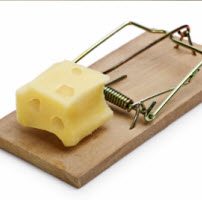
 Mice infestations can have numerous devastating consequences. They cause damage to your house, they contaminate your food, they carry diseases, they chew through wiring, and they eat through wood as well.
Many homeowners turn to traps as a way to stop a mice infestation from occurring. While this can very often be a sound plan of attack, the trick is that if you do have mice in the home, you need to realize that some may be smart enough to avoid the traps that you set up. The best way to guarantee their removal is contacting your local mice exterminator.
Mice infestations can have numerous devastating consequences. They cause damage to your house, they contaminate your food, they carry diseases, they chew through wiring, and they eat through wood as well.
Many homeowners turn to traps as a way to stop a mice infestation from occurring. While this can very often be a sound plan of attack, the trick is that if you do have mice in the home, you need to realize that some may be smart enough to avoid the traps that you set up. The best way to guarantee their removal is contacting your local mice exterminator.
 If left unchecked, mice can be one of the most troublesome pests to ever invade your New York City home. They're definitely not a joke, especially since they can often carry harmful diseases.
Plus, they'll chew through anything, including any bags or boxes of food they find, and even electrical wires. If they chew through your cupboards, and then into your food, it will immediately cause contamination.
Any food that has been touched by a mouse must be thrown away. As for electrical wiring, if a mouse chews through these, a fire hazard will develop. This is why mice in your house should be handled in a timely manner.
If left unchecked, mice can be one of the most troublesome pests to ever invade your New York City home. They're definitely not a joke, especially since they can often carry harmful diseases.
Plus, they'll chew through anything, including any bags or boxes of food they find, and even electrical wires. If they chew through your cupboards, and then into your food, it will immediately cause contamination.
Any food that has been touched by a mouse must be thrown away. As for electrical wiring, if a mouse chews through these, a fire hazard will develop. This is why mice in your house should be handled in a timely manner.
